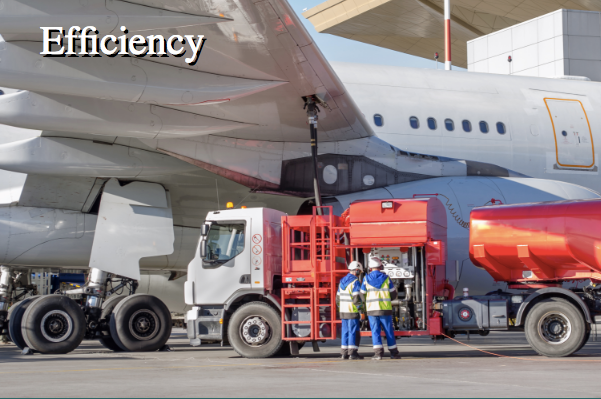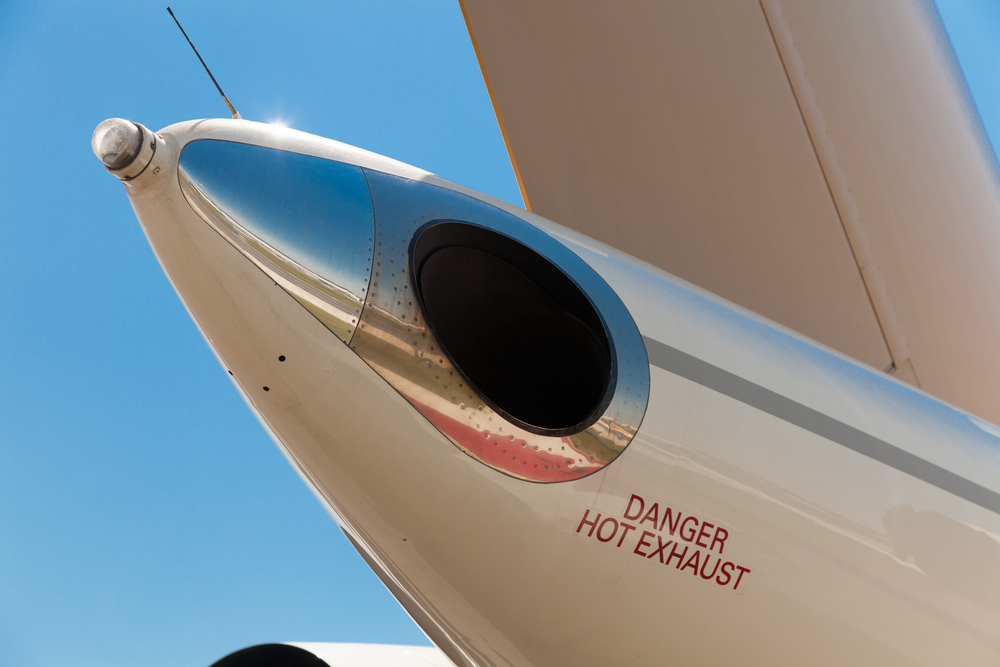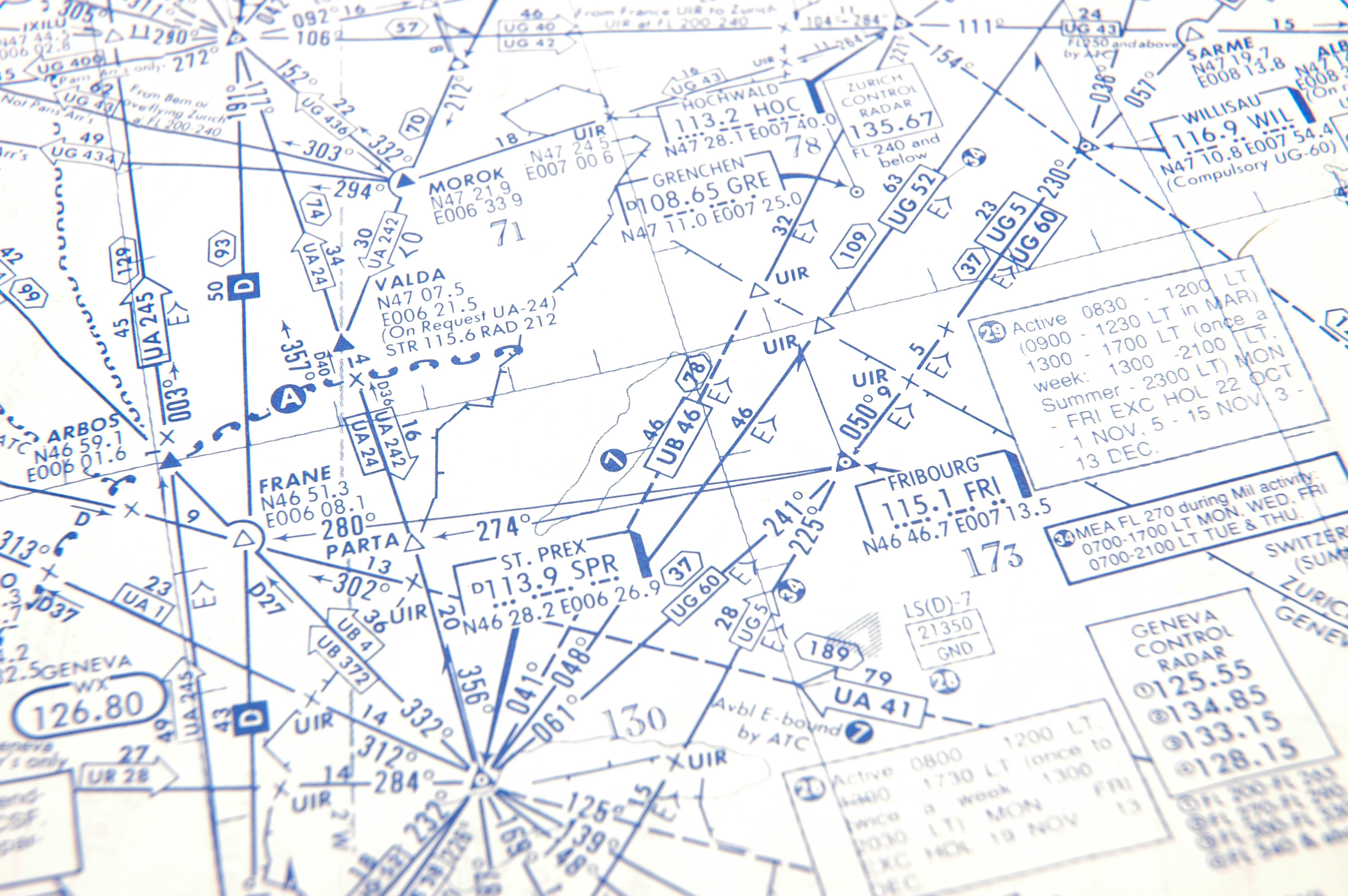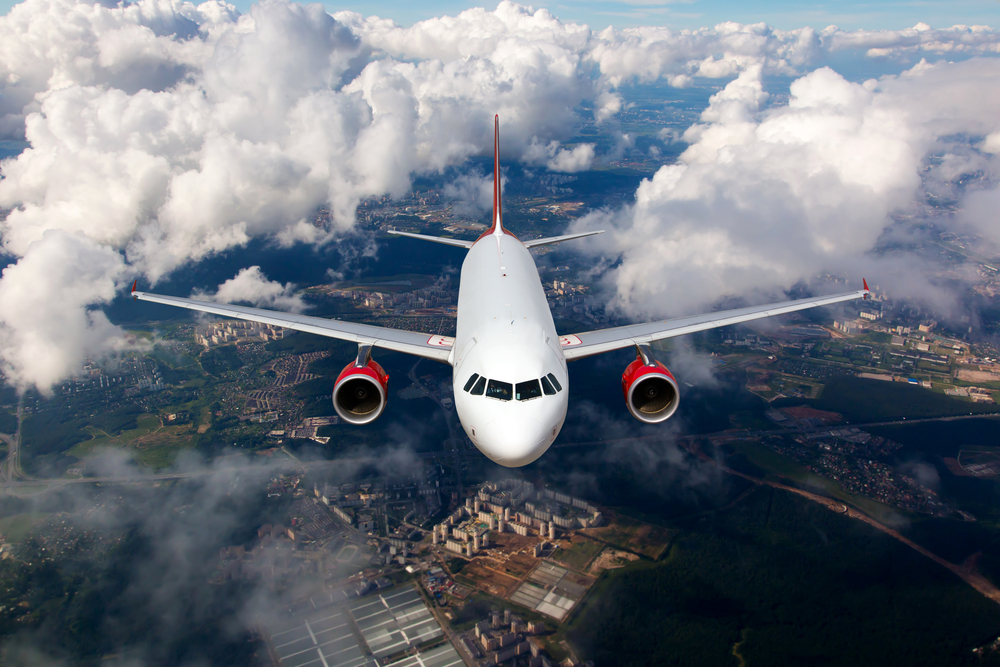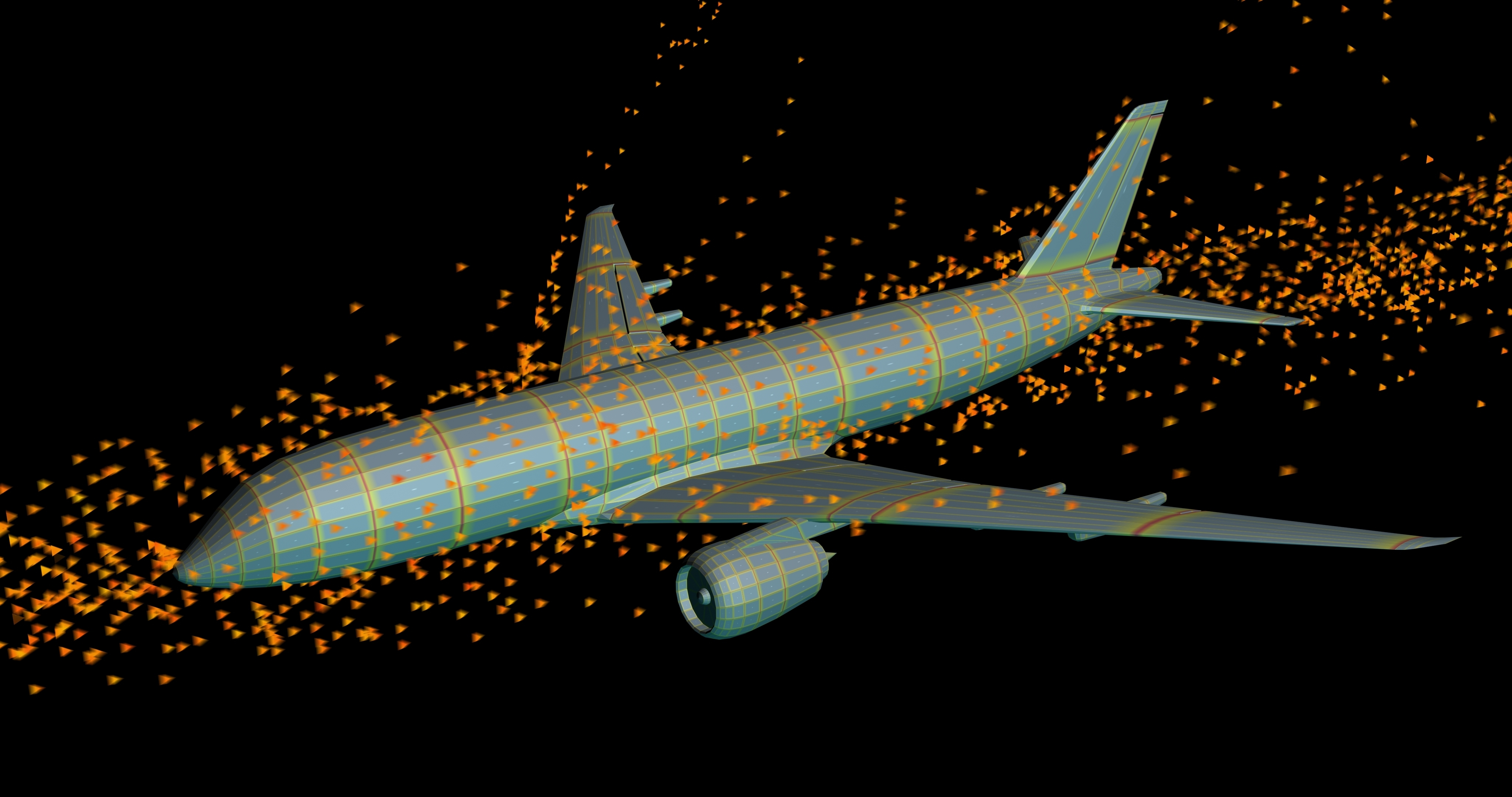Engine-Out Taxi
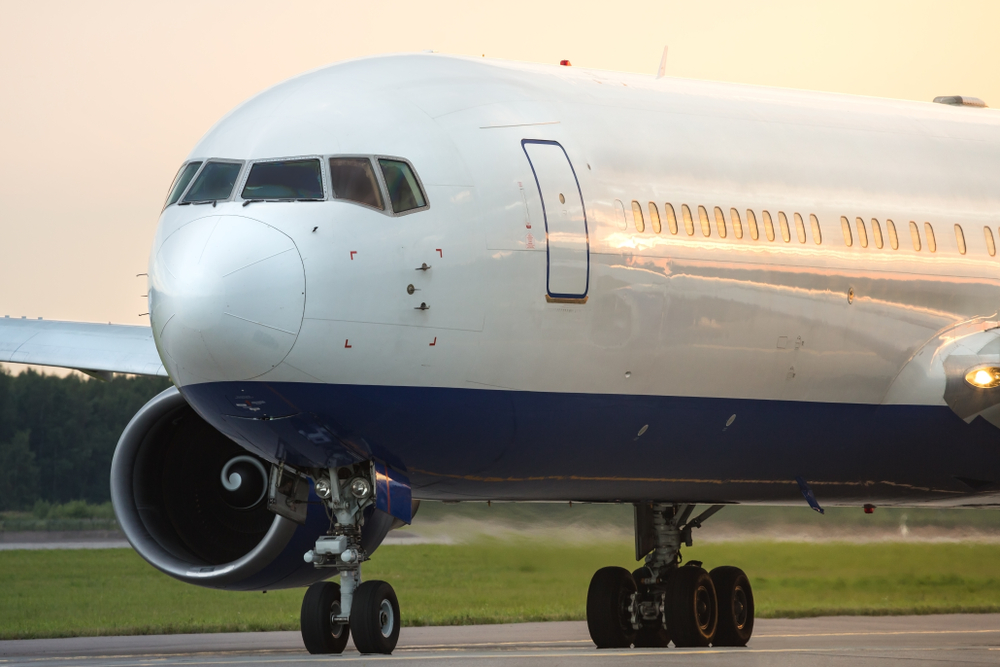
|
Identify engine-out taxi “opportunities” based on predicted taxi-in time and engine cool-down requirements
|
|
Estimate expected fuel-savings
|
|
|
Evaluate actual fuel savings after implementation
|
|
|
Potential Savings for 100 Narrow-Body Aircraft ≈ $750,000 / Year
|
|
|
Potential Savings for 25 Wide-Body Aircraft ≈ $200,000 / Year
|

Identify engine-out taxi “opportunities” based on predicted taxi-in time and engine cool-down requirements
Estimate expected fuel-savings
Evaluate actual fuel savings after implementation
Potential Savings for 100 Narrow-Body Aircraft ≈ $750,000 / Year
Potential Savings for 25 Wide-Body Aircraft ≈ $200,000 / Year

